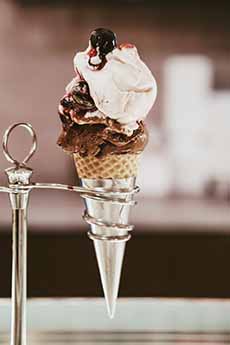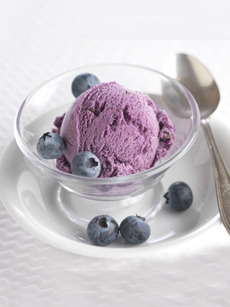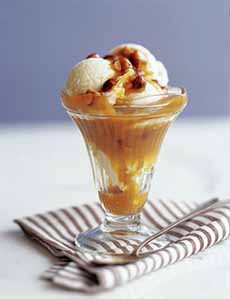It’s National Ice Cream Month. What Is Brain Freeze?
|
|
July is National Ice Cream Month, and even if it weren’t, the hot weather in July and August gives us a good excuse to indulge in perhaps even more ice cream than in other months. As if we needed an excuse! But some people can experience the condition known as brain freeze. It’s an intense pain in the head that’s caused by eating or drinking something intensely cold. The scientific term for brain freeze is sphenopalatine ganglion neuralgia. But you can keep calling it brain freeze or ice cream headache. Anyone can get brain freeze. Those who eat something ice-cold very quickly may be more likely to get brain freeze. And those who are susceptible to migraine headaches are also more likely to experience one. Brain freeze isn’t serious and goes away quickly—in a few seconds or up to two minutes. When your body senses sudden, extreme cold in the mouth or throat, it tries to react and warm up. Blood vessels throughout the head expand to let extra blood into the area for warmth. That quick change in blood vessel size causes sudden pain. If you experience it for more than a few seconds, try to bring the temperature in your mouth and throat back to normal. Here are two options to thaw that brain freeze, from Cleveland Clinic: On a personal note, we typically don’t get brain freeze, but we have experienced what we call “face freeze”: a situation where the lower part of the face and mouth becomes ice cold. One July afternoon, when eating four pints of Wine Cellars Sorbet for a review, our face froze and we were so cold that we had to put on a hat, scarf, and gloves to finish eating. Why didn’t we just stop eating for a while? Ah, a professional deadline! |
|
|
CHECK OUT WHAT’S HAPPENING ON OUR HOME PAGE, THENIBBLE.COM.
|
||





